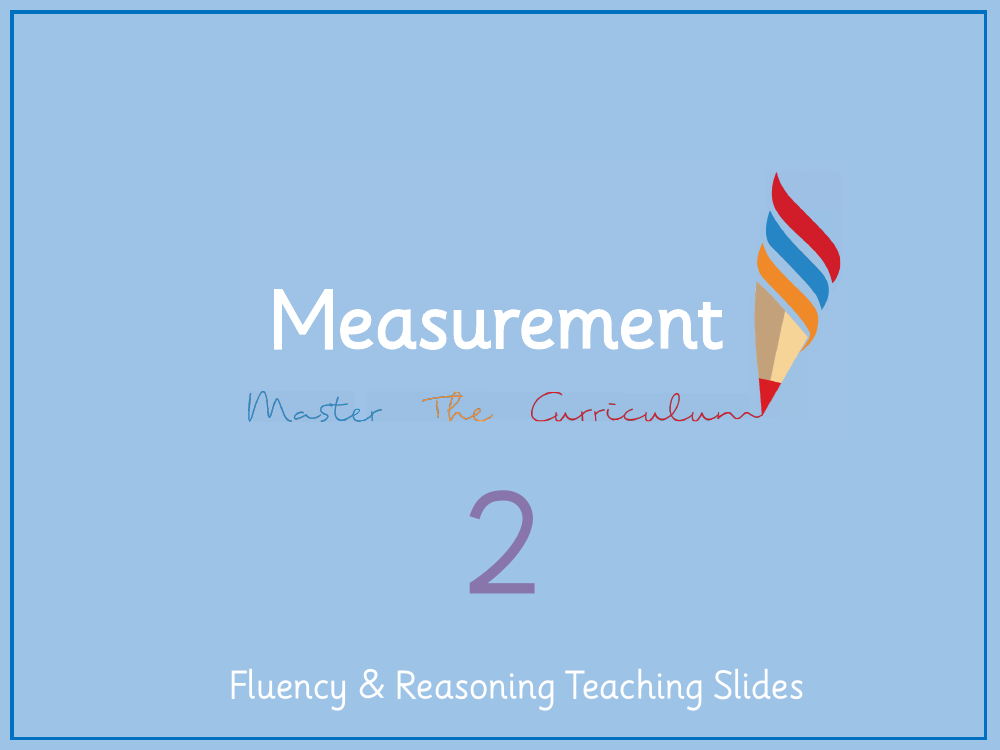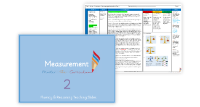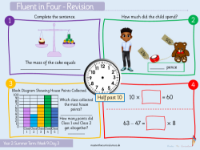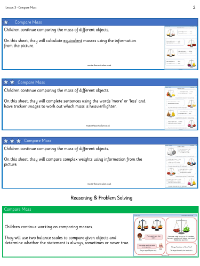Mass, Capacity, Temperature - Compare mass - Presentation

Maths Resource Description
In a series of engaging activities, students are introduced to the concept of comparing mass. The lesson utilises everyday language such as 'more than', 'less than', and 'equal to', to help students articulate their understanding of mass. They begin by examining scales, discussing how to determine which object is heavier based on the position of the scale. Through various exercises, students learn to interpret balance scales; if one side is down, it indicates that side is heavier, while if a scale is level, it suggests that the objects have equal mass. These concepts are reinforced with visual aids and comparison symbols like '>' and '<', encouraging students to describe mass in relation to objects such as Lego figures, feathers, cherries, grapes, books, and trainers.
The lesson continues with more complex tasks where students complete sentences to compare the mass of different fruits, enhancing their understanding that size does not necessarily equate to weight. They are prompted to consider whether the largest object is always the heaviest and to use their judgement to predict weights. Further reasoning exercises challenge students to apply their knowledge to real-world scenarios, such as determining how many cubes will balance a pineapple based on the known weight of a pear. Independent work tasks include sentence completion based on images of scales and the creation of their own comparative statements using 'more' or 'less'. The lesson concludes with discussions that encourage critical thinking and exploration of the relationship between size and mass.



